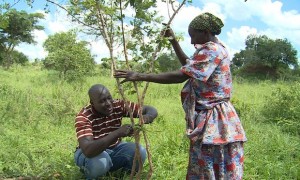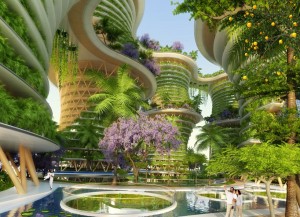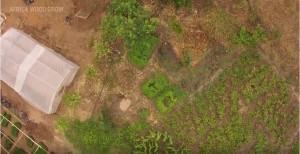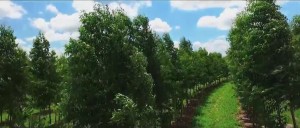
It can seem like new health food fads pop up every week — fads that often fade as quickly as they appear. Two gaining steam lately, though, may be worth a longer look: baobab and moringa. Traditional fare in parts of Africa (and for moringa, Asia as well), these foods offer the potential not only to strengthen local economies, but to encourage conservation and carbon sequestration, too.
Time and again, when the world “discovers” a food previously consumed by a small pocket of the planet, global demand grows and production shifts from small and sustainable toward large-scale monoculture operations. In some cases, that ends up wreaking havoc on local ecosystems and spelling economic trouble for local producers and indigenous food supplies.
With baobab and moringa, though, some researchers say that growing global demand is gaining farmers a reliable market for crops they were often unable to sell before — and also helping the environment. These trees have a long history in the diets of many cultures, but they have grown in the wild and not been viewed as a crop for trade, giving farmers little incentive to grow them. Now, farmers are planting the trees.







